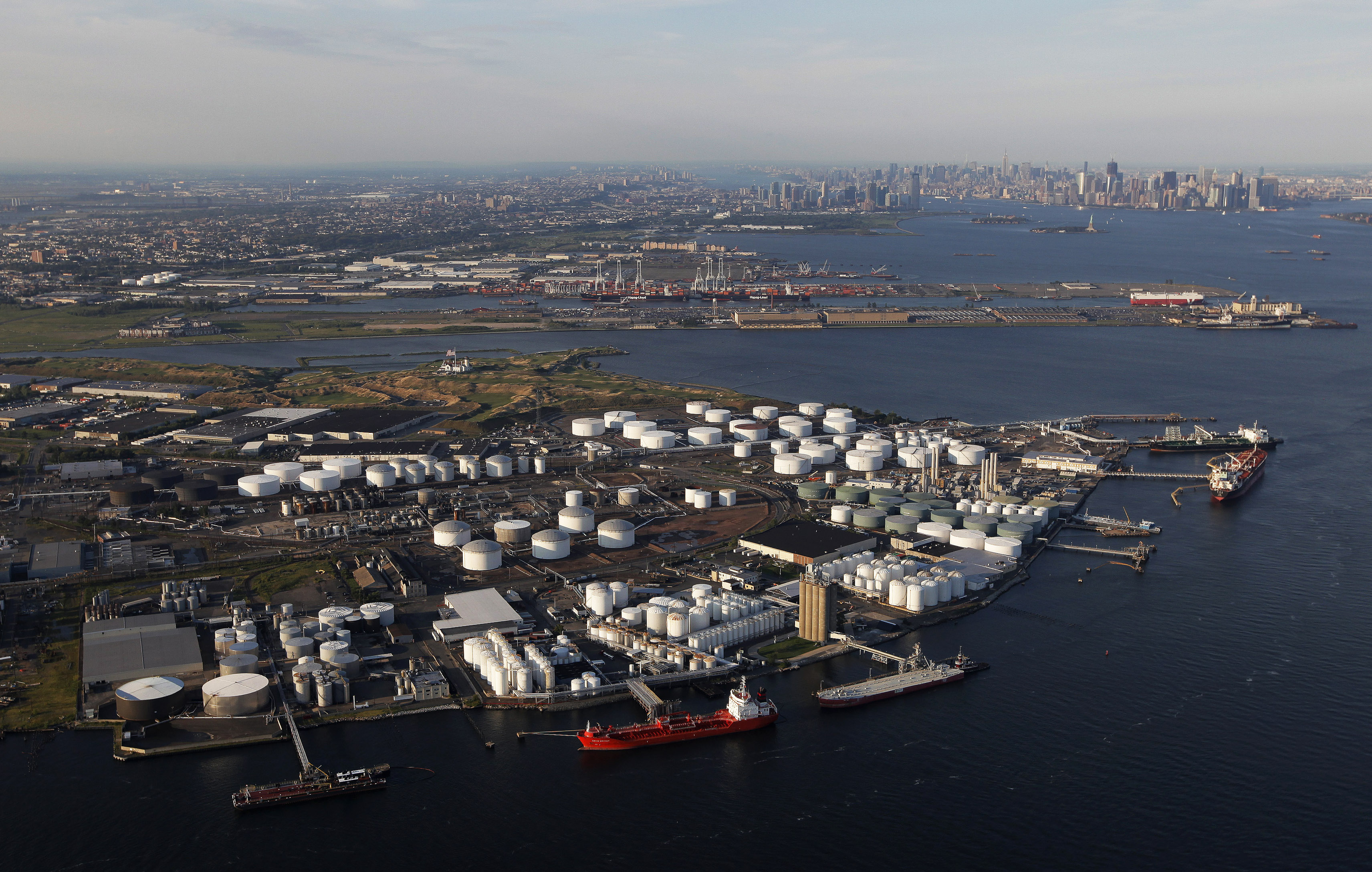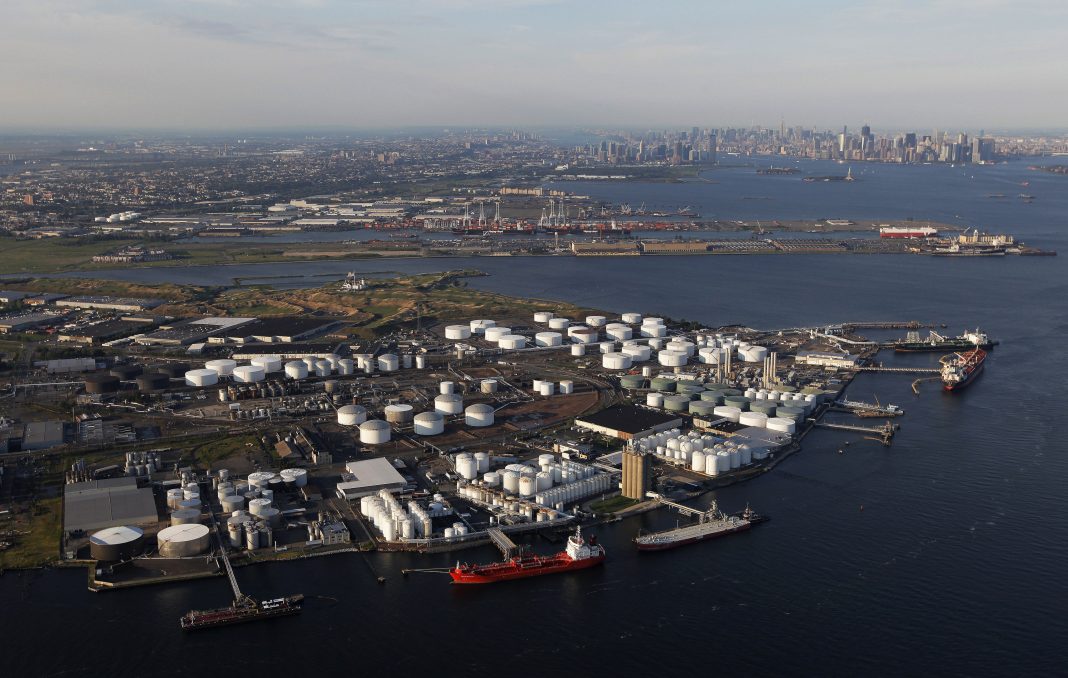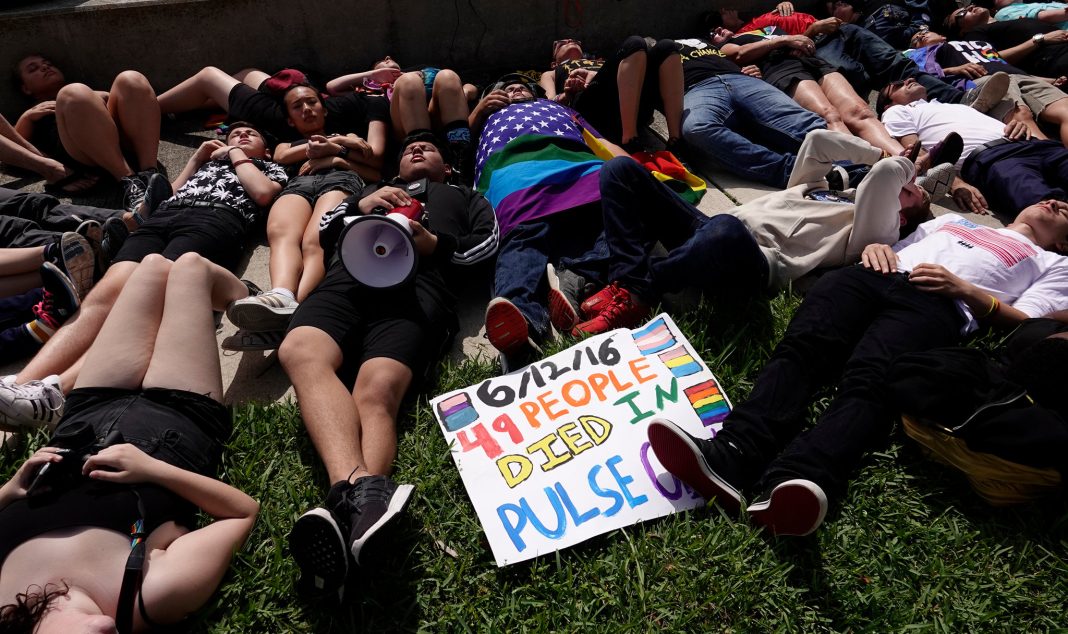 Gas Prices to Increase 2% Compared to Last Year
Gas Prices to Increase 2% Compared to Last Year
Gas prices in the United States are expected to be 2% higher compared to last year. In an effort to reduce pump prices ahead of the busy summer driving season, the U.S. administration plans to release 1 million barrels of gasoline from the Northeast Gasoline Supply Reserve. The Department of Energy will facilitate a competitive bidding initiative by releasing supplies in 100,000-barrel quantities. Gasoline will be sold from storage facilities in Maine and New Jersey, with retailers and terminals receiving the gas no later than June 3.
The Northeast Gasoline Supply Reserve was established in 2012 after Hurricane Sandy caused significant damage to refineries. This strategic action by the Biden-Harris Administration is aimed at ensuring sufficient supply flows to the tri-state and northeast regions during a time when hardworking Americans need it the most, according to Energy Secretary Jennifer Granholm.
Efforts to Keep Gas Prices Affordable
This recent announcement aligns with President Biden’s commitment to making sure gas prices remain affordable. Lael Brainard, President Biden’s top economic adviser, had previously stated that steps would be taken to monitor and ensure gas prices remain affordable for American families during the summer driving season.
In addition to releasing gasoline from the Northeast Gasoline Supply Reserve, President Biden has also drawn down on roughly 40% of the Strategic Petroleum Reserve to help lower energy costs. Emergency stockpiles currently total 367.811 million barrels, the highest level since April 2023.
Impact on Gas Prices
Despite these measures, industry experts predict that gas prices will experience little change heading into the busy driving season. The average price for a gallon of gasoline has only slightly slowed over the past month but remains nearly 2% higher than a year ago. AAA spokesperson Andrew Gross suggests that most consumers will not see significant fluctuations in pump prices.
However, there are concerns about gasoline demand and how it may be affected by persistent inflation. Phil Flynn, an energy strategist at The PRICE Futures Group, notes that inflation could be forcing changes in America’s driving behavior. Consumers are faced with the difficult choice between spending more on groceries or gasoline, which is impacting gasoline demand.
Crude Oil Production and Prices
Domestic crude oil production in the United States has been robust, reaching an all-time high late last year. While production has slowed, it is still hovering around 13.1 million barrels per day. The easing of geopolitical tensions has resulted in a decrease in crude oil prices over the past month. Despite this, the U.S. crude benchmark, West Texas Intermediate (WTI), is still up around 11%.
Global oil markets have also tightened as OPEC and its allies, known as OPEC+, have reduced production. However, analysts are eagerly awaiting the June 1 OPEC+ meeting in Vienna, where officials will establish the next stage of the group’s output policy as voluntary cuts expire at the end of next month. The International Energy Agency (IEA) recently revised its demand growth forecasts lower due to weaker demand projections from Europe. The IEA anticipates global demand to rebound in 2025.
Conclusion
The release of gasoline from the Northeast Gasoline Supply Reserve is a strategic move by the Biden-Harris Administration to address rising gas prices ahead of the summer driving season. While it may have a limited impact on pump prices, the administration’s efforts to ensure affordable gas prices for American families are commendable. However, factors such as inflation and global oil market dynamics will continue to influence gas prices in the coming months.


